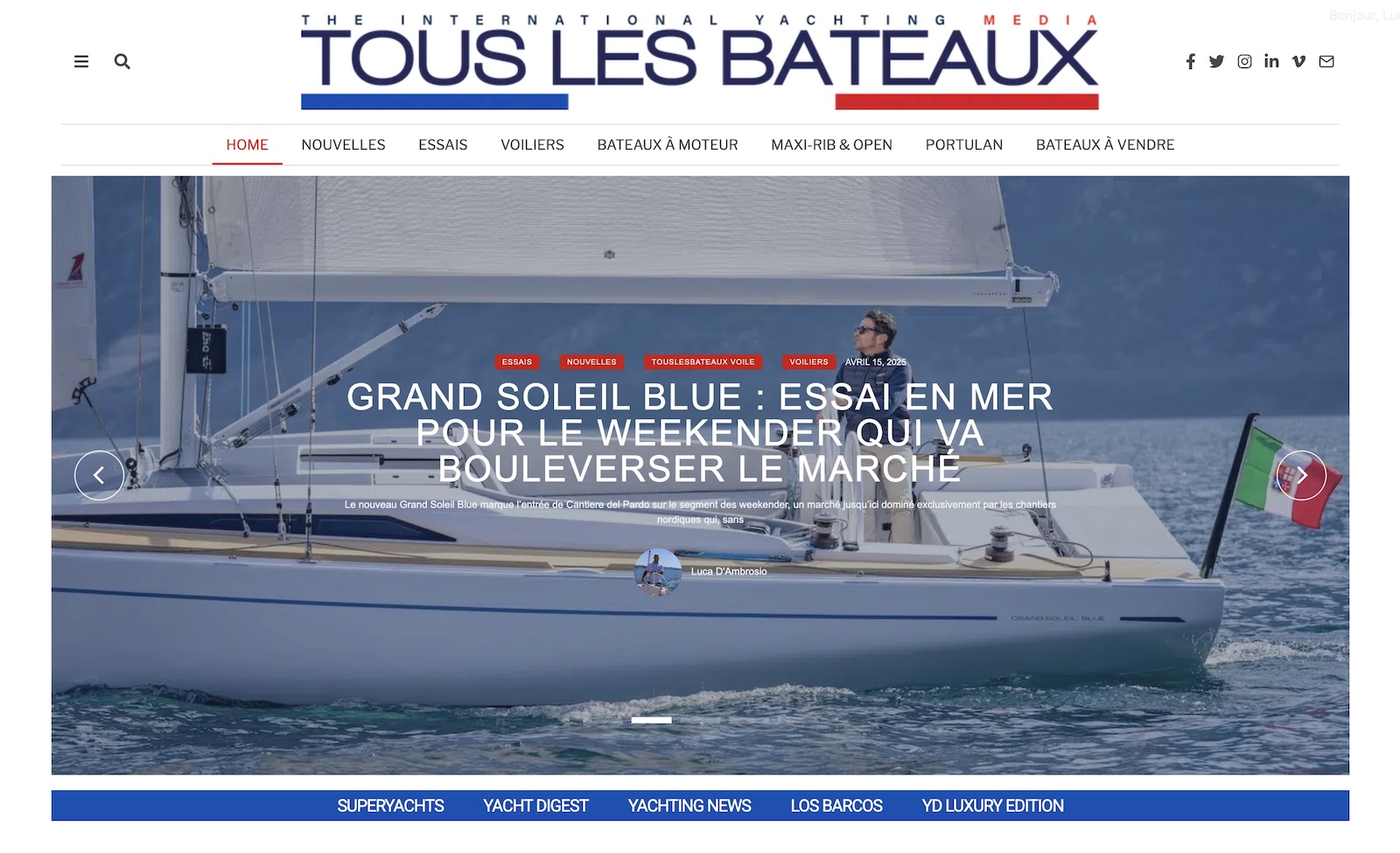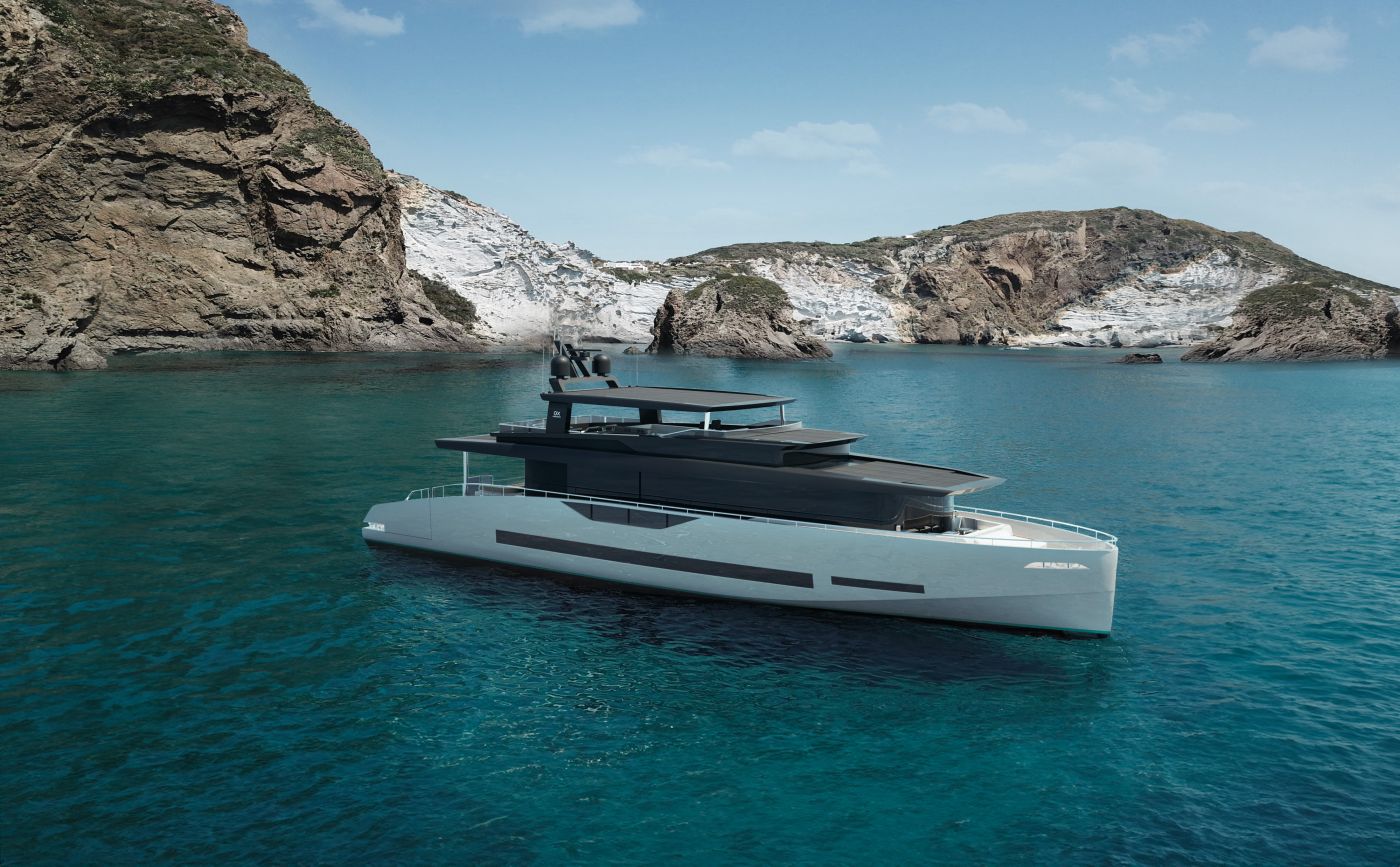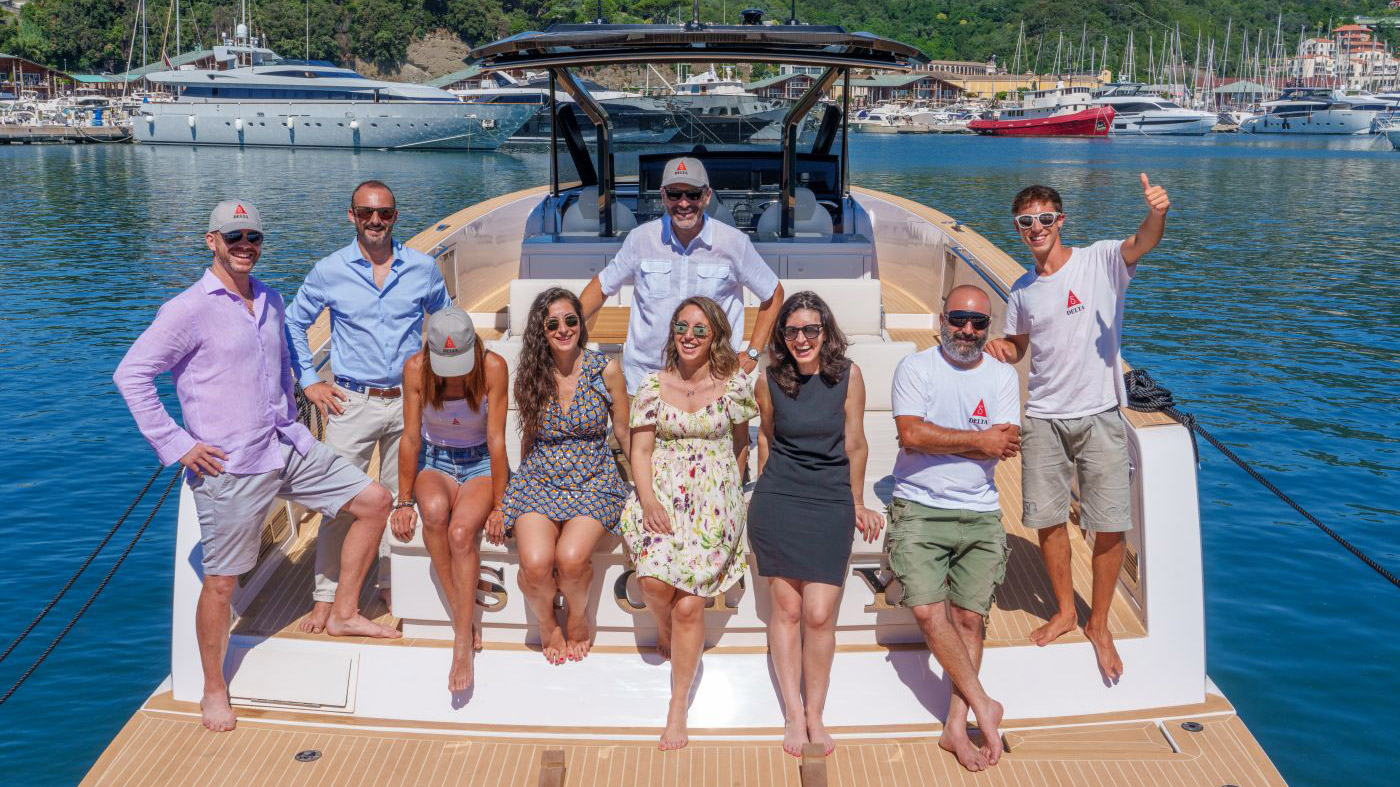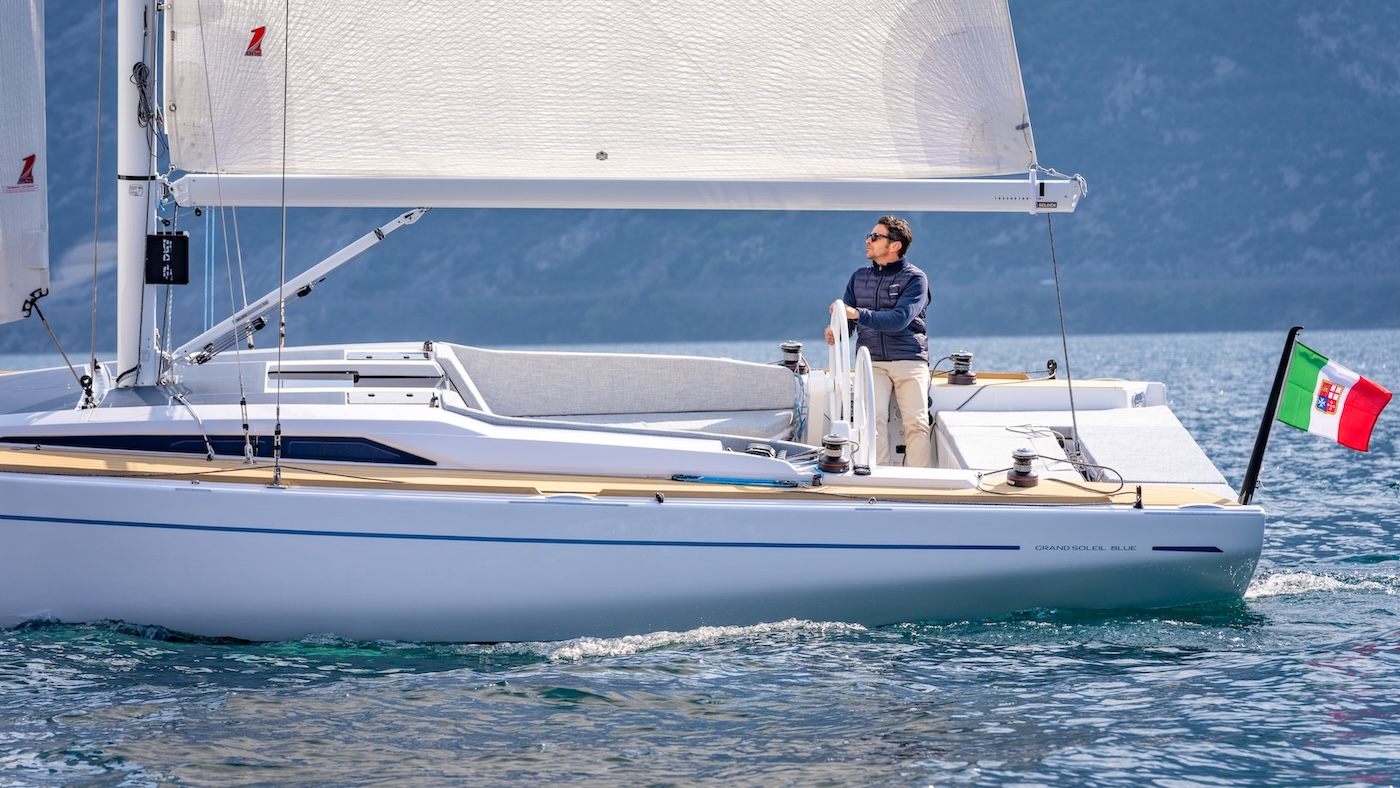RiggService introduces us to rigging maintenance and replacement
After having sailed the now famous 1000 miles in the Tyrrhenian Sea, the Daydreamer, our lab-boat, continues to be the hub of our practical insights and, for this early season, the topic chosen is extremely interesting: rigging, masts and their maintenance.
Although everyone knows the importance of rigging on board a sailing yacht, this specific aspect of periodic maintenance is unfortunately one of the most neglected.

But, as we always do, we did not stop at a theoretical approach. We wanted to go deeper and use the Daydreamer to illustrate practically what everyone should be doing on board their sailing yachts to avoid the worst nightmare, involuntary dismasting.
By following us you will be able to learn, guided by these two exceptional riggers, which steps are necessary to replace the rigging and how the mast will be centered and optimized to obtain the best performance for your sailing boat.
A rigging myth to dispel: rod or spiral rigging, which lasts longer?
Let’s start with some hard news: 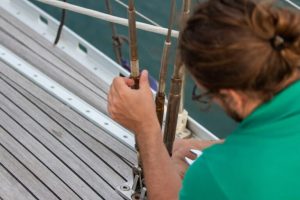
This is necessary both because it is impossible to check the condition of the rigging and, above all, because of the configuration of the material itself, which, for obvious reasons, is much more vulnerable to the elements. The rod therefore wins this comparison because it can be inspected, it is more resistant to corrosion and, precisely for these reasons, if at the 10-year check it presents some problem, it can be maintained and continue its life without replacement.
RiggService arrives, analyses and measures
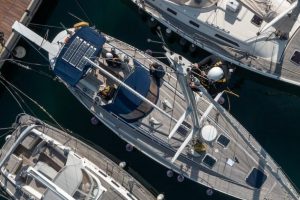
In our case, after a careful evaluation of all the shrouds, forestays, backstays and stays, but above all not knowing the year in which everything was last maintained, the decision is clear: the rigging must certainly be replaced.
The second operation consists of the precise measurement of the high, medium and low shrouds, as well as the forestay and backstay.
These measurements are important because it is on the basis of them that the rigging will be made to measure.
In the case of the Daydreamer, 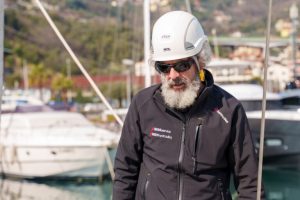
Another choice made after the analysis concerned the state of the rigging which, given the year of manufacture, we will replace with newer models and in a combination of steel, bronze and steel which will prevent blockage.
In the next episodes of this special report we will take you through the next stages, i.e. the dismasting, the fitting of the new shrouds, the remasting and the preliminary adjustments of the mast, followed of course by the sea trial and the final trimming of the replaced rigging.




















